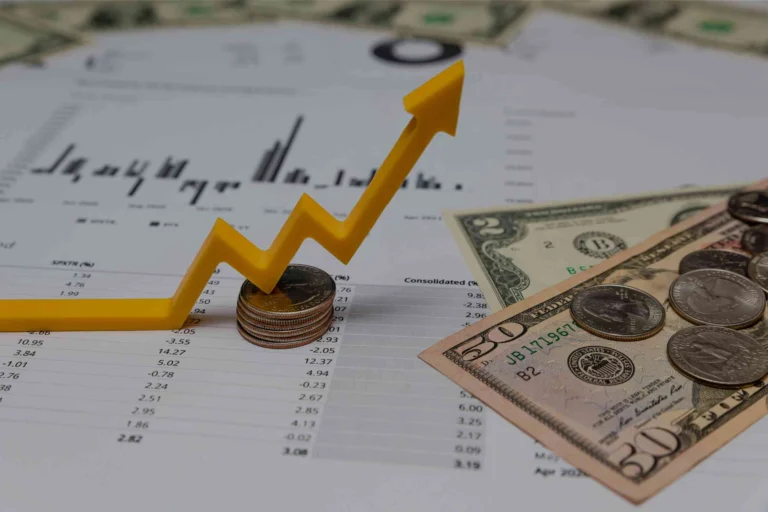Breaking Down the Digital Dollar: What Central Bank Cryptocurrencies Mean for You
The way we use money is changing faster than ever before. For decades, cash and credit cards dominated daily transactions. Then came online banking, mobile wallets, and cryptocurrency. Now, the next evolution in finance is on the horizon—Central Bank Digital Currencies (CBDCs), often referred to as the digital dollar.
Governments around the world are exploring or piloting digital versions of their national currencies, from China’s digital yuan to the European Central Bank’s digital euro. In the U.S., the concept of a digital dollar is gaining traction as policymakers and economists debate how it might reshape the economy.
But what exactly is a central bank cryptocurrency, and what would it mean for everyday people? Let’s break it down.
1. What Is a Central Bank Digital Currency (CBDC)?
A Central Bank Digital Currency is a digital form of a nation’s official currency, issued and regulated by its central bank. Unlike Bitcoin or other private cryptocurrencies, a CBDC isn’t decentralized or speculative. It’s backed by the government—just like traditional cash.
Think of it as digital cash: you could store it in a secure app or digital wallet on your phone instead of a physical bill in your wallet. Each digital dollar would be worth the same as a paper dollar, but transactions would happen instantly and electronically.
The key difference is control and stability. While cryptocurrencies operate on public blockchains with market-driven value, CBDCs would run on permissioned (government-managed) systems designed for efficiency, regulation, and security.
2. Why Governments Are Interested in the Digital Dollar
There are several reasons central banks are racing toward digital currencies, and they go far beyond convenience.
- Financial Inclusion: Millions of Americans don’t have access to traditional banking. A digital dollar could give unbanked individuals a way to store and transfer money securely through a smartphone—no bank account required.
- Faster Transactions: Payments could move instantly between individuals, businesses, and government agencies. No more waiting days for deposits or wire transfers to clear.
- Reduced Costs: Digital transactions are cheaper to process than cash or card payments, which could save billions in fees over time.
- Better Transparency and Security: Digital currencies would make it harder to launder money, evade taxes, or commit fraud. Every transaction would be traceable and auditable.
- Monetary Policy Innovation: CBDCs could give governments more precise tools to manage inflation or stimulate spending during economic downturns by distributing digital funds directly to citizens.
3. What It Means for Everyday Consumers
At first glance, a digital dollar wouldn’t look much different from how you already use money. You’d still pay with your phone or card. The difference is where your money lives and who manages it.
With a digital dollar, you could potentially hold funds directly with the Federal Reserve instead of a commercial bank. That means faster payments, lower fees, and possibly even direct government-issued benefits (like tax refunds or stimulus payments) deposited instantly into your wallet.
For small businesses, it could mean quicker settlements, fewer intermediaries, and greater access to the global economy. International transactions could be completed in seconds instead of days, without relying on expensive wire transfers or currency exchanges.
4. The Privacy and Security Debate
Of course, the rise of CBDCs also raises major questions about privacy and government control.
Critics worry that a digital dollar could allow governments to track every transaction, giving them unprecedented visibility into how citizens spend money. While supporters argue this transparency helps prevent fraud and crime, it also challenges the idea of financial privacy.
Cybersecurity is another concern. A national digital currency system would become a prime target for hackers and cyberattacks, requiring military-grade protections and constant oversight.
To address these issues, policymakers are exploring hybrid models that combine government oversight with privacy safeguards—such as anonymous small transactions and strict data encryption.
5. The Global Race for Digital Currency Leadership
China is already leading the charge with its digital yuan pilot programs, which have reached millions of users. The European Union and the United Kingdom are close behind. The U.S., while slower to act, is studying the potential of a digital dollar through research initiatives at the Federal Reserve and the U.S. Treasury.
The race is as much about technology and geopolitics as it is about finance. Whichever nation develops a trusted, widely used digital currency first could shape the future of global payments and trade.
6. The Future of Money Is Hybrid
The rise of the digital dollar doesn’t mean cash will disappear overnight. Instead, we’re likely to see a hybrid financial ecosystem where physical, digital, and decentralized currencies coexist.
CBDCs will bridge the gap between traditional finance and the digital economy—making transactions faster, safer, and more inclusive. But the path forward must balance innovation with individual rights, ensuring that convenience doesn’t come at the cost of freedom or privacy.
The digital dollar could mark one of the biggest financial transformations in U.S. history. Like any innovation, it carries both promise and risk. It could revolutionize how we save, spend, and connect to the global economy—but it will also challenge long-held ideas about money, security, and privacy.
Whether you’re a consumer, a business owner, or an investor, one thing is certain: the future of money is digital, and it’s closer than you think.







